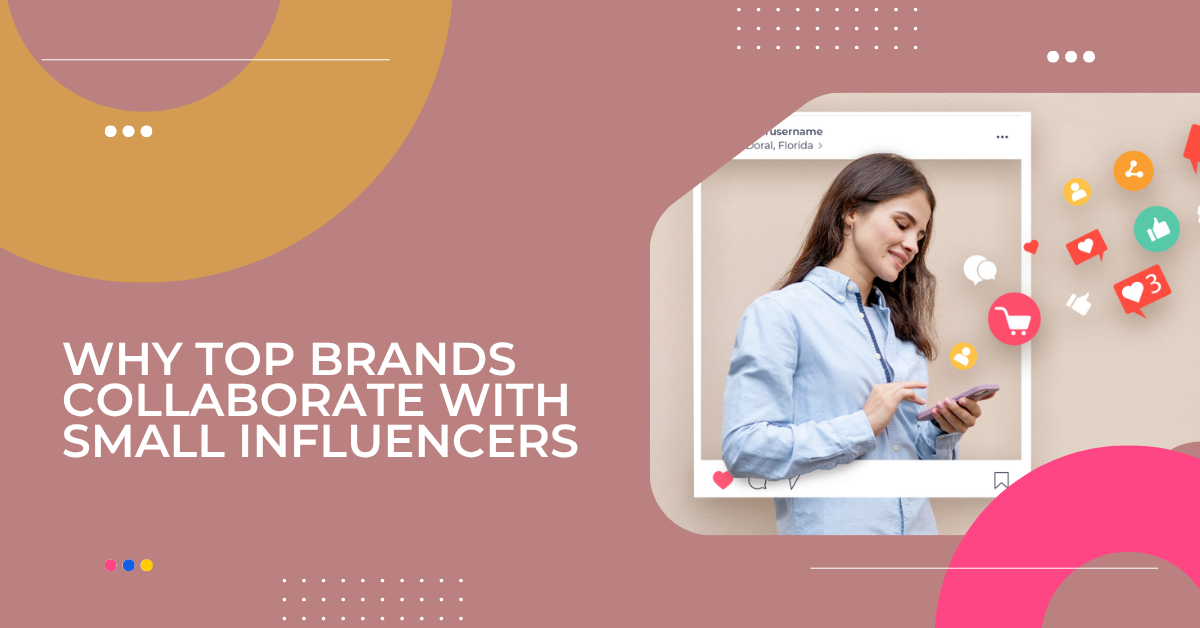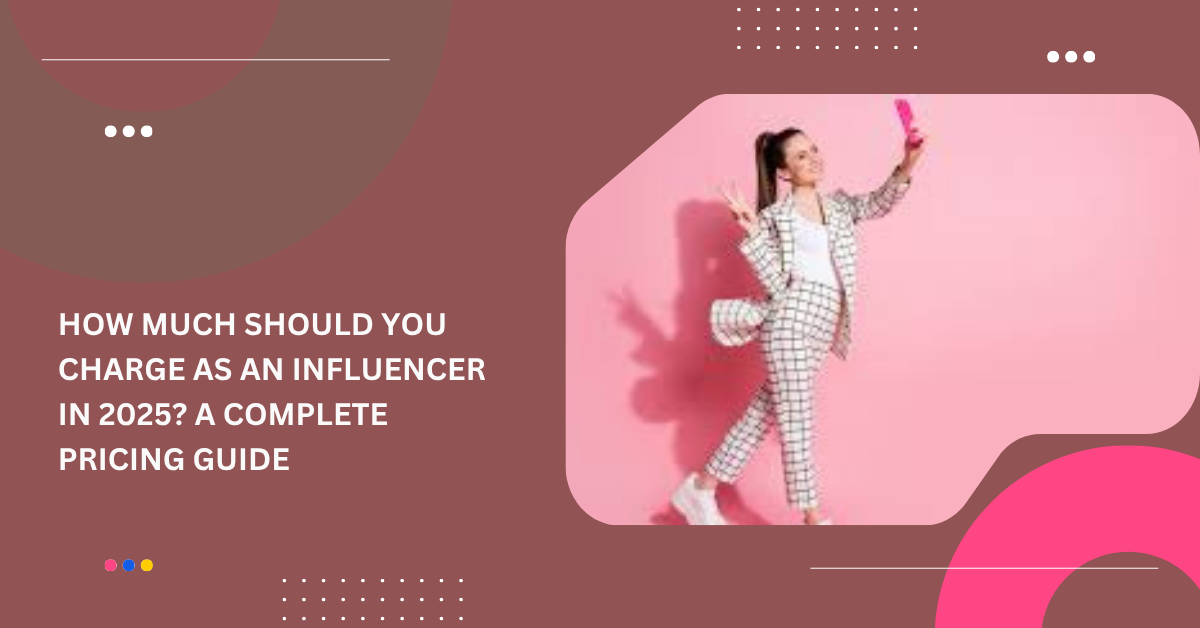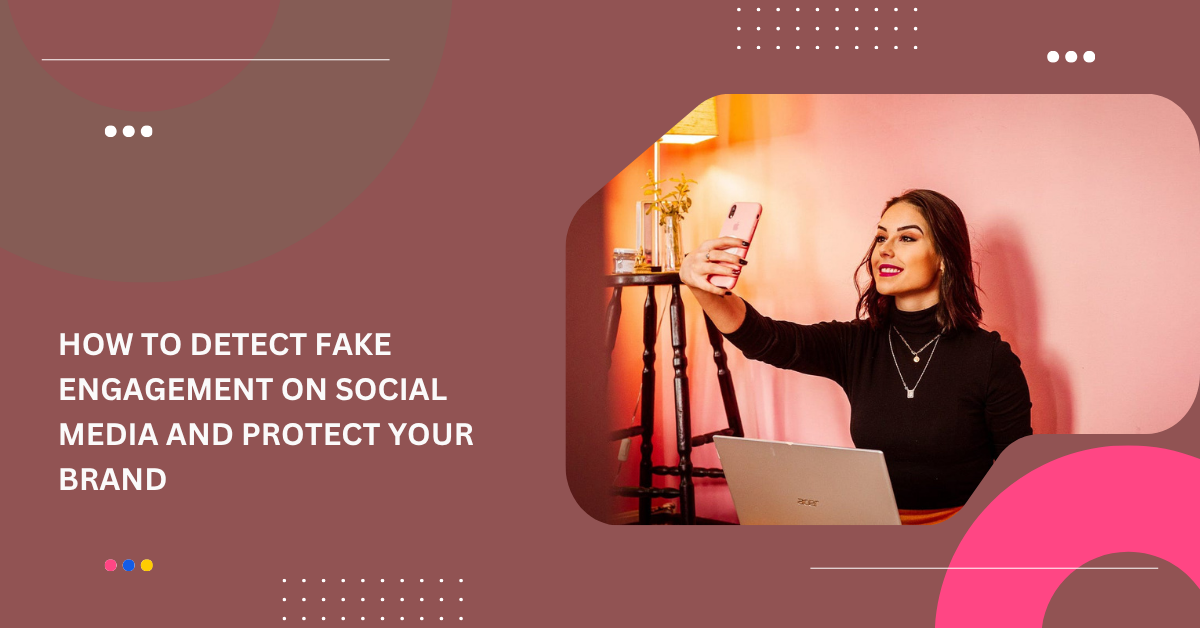Straying away from mainstream techniques, brands are now turning their attention to micro-influencers, who are artists with 10,000 to 100,000 followers, because they produce authentic, cost-effective content that ensures the best ROI. According to Statusphere, 81% of brand deals on YouTube with micro-influencers meet or exceed brands’ expectations, and short-form videos from micro-influencers see an average 11.4% engagement rate across multiple industries. This is further proof for brands to invest in growing and talented content creators. In this blog, we’ll look at what makes micro influencers compelling in 2025, their statistics, what brands are doing to target them, and more.
Here’s why Micro-influencers are growing more than ever:
Trust and Engagement
Across industries, micro-influencers are delivering around 11% engagement compared to macro-influencers, who manage only around 3%. Although macro influencers usually bag bigger deals, when it comes to regular, trusted collaborations, micro influencers take the cake.
Consumers trust micro-influencers’ recommendations because they are perceived as peers and creators who produce relatable videos. The more they are trusted, the more engagement they garner through word of mouth. Brands like Glossier scaled through microcollaborations and avoided celebrity endorsements as much as possible. They built a billion-dollar valuation largely through micro-influencer partnerships and focused on creators who were beauty enthusiasts.
Cost-Effective Campaigns
Compared to macro influencers, micro influencers accept campaigns for significantly lower prices. Therefore, brands that collaborate with small influencers can hire multiple creators on the same budget and let them work with freedom. Nano influencer collaborations drive ROI according to StackInfluence when compared to collaborating with macro influencers.
For example, Blueland, a company that makes sustainable cleaning products, started a campaign where they worked with more than 200 micro influencers to promote their products. This resulted in a 13x higher ROI output, generating more than 100,000$ in Amazon sales from a spend of under 10K$ only.
Niche Relevance and Authenticity
Micro influencers mostly focus on relevant niches, as brand deals pay well to those that focus on genre-based content such as DIY skincare, fitness, local dishes, etc, and because their reviews closely reflect their own choices, their followers start having faith in them. They make it possible for audiences to watch honest content that is unedited, as opposed to highly produced videos that have high production value.
When Function of Beauty, a personal care product company, collaborated with creators who focused on certain hair issues, conversions increased by 40%, proving that a good strategy is very important.
Local Audience Recognition
As the name suggests, influencers living in a particular place can work on promoting products and cool things about the location that people living elsewhere might find interesting and informative. This will inevitably increase that influencer’s reach in that location. Higher engagement rates in specific places may result from their localized content.
Micro-influencers have always been perfect for brands looking to increase their visibility in particular areas since they may provide insightful information and connections inside those locations.
Long-Term Strategy and Campaigns
Brands that collaborate with small influencers have noticed that the average influencer campaign now consists of 30 micro-influencers, and a 36% YoY increase, according to 2025 benchmarks. Long-term ambassador relationships are where micro influencers are excelling, and more than 70% of influencers nowadays prefer a continuous partnership; these kinds of campaigns result in 40% greater client loyalty. Budgets from B2C brands are shifting more and more toward micro tiers, whether it is sponsorships on YouTube or elsewhere. Additionally, 26% of brands now give these creators more than 40% of their influencer marketing spend, which screams success for smaller creators.
Popular Brand-Small Influencer Collaborations:
There are multiple benefits of small influencer collaborations. Here are some brands that collaborated with smaller influencers and have given us an effective portrayal of what YouTubers get for brand deals. These collaborations prove that –
- Niche is greater than numbers, and trust matters more than follower count.
- Your UGC works best when it is personal, honest, visually impressive, and raw.
- Long-term successful partnerships exist because the creator loves the product and is not present only to promote it.
Here are some popular collaborations:
-
Skillshare:
Collaborated with specialized YouTube instructors who have a solid reputation in the writing, coding, animation, and design communities and other creative fields. They proved that in interest-based niches, influence is more important than the number of followers.
Videos from artists with only 20,000–80,000 followers often outperformed advertisements.
-
Tea Trunk:
collaborated with micro-influencers in the wellness space. Worked with wellness coaches, therapists, and yoga instructors on Instagram with less than 10,000 followers, showing us that by focusing on the audience, nano-creators contributed to sustained growth.
As a result, there was a cult following with strong brand advocacy.
-
Glossier:
When launching new products, Glossier’s marketing team gave priority to actual consumers and nano-influencers, particularly on Instagram. As a result, a community-first brand was created, with influencer content and word-of-mouth leading to a 90% increase in sales.
What Glossier showed us is that they handled micro-influencers as if they were brand ambassadors, which resulted in loyalty.
FURTHER READING
- Brand Deals on YouTube: What They Are and How to Land One
- How Much Do YouTubers Get Paid for Brand Deals in 2025? A Complete Breakdown
- How Much Do Brand Deals Pay in 2025? A Comprehensive Guide
- Proven Ways to Get Sponsorships for Your YouTube Channel
- Successful Brand Collaborations: How Are They Done?











